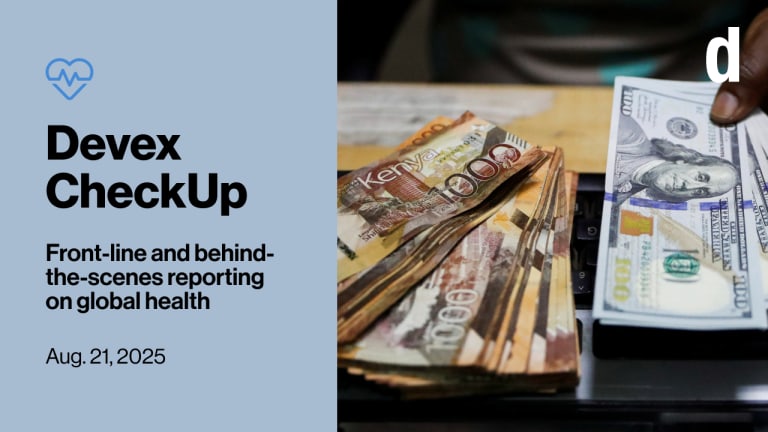In a rural West African clinic, a mother in labor arrives with a high fever. Suspecting an infection, the attending health worker administers a broad-spectrum antibiotic — without confirming the pathogen. It’s not negligence; it’s the reality of practicing medicine in a setting with no diagnostic tools. What happens next is predictable and dangerous: The infection worsens, resistance increases, and another patient is added to the silent pandemic of antimicrobial resistance, or AMR.
Africa’s AMR crisis is no longer a looming threat; it is a present danger that climate change is exacerbating. From cholera and typhoid outbreaks in flood-prone areas to the spread of drug-resistant malaria, climate-linked factors are reshaping the AMR landscape across the continent.
Rising temperatures and erratic rainfall are altering disease ecologies. Floods and droughts strain sanitation systems and contaminate water sources. These environmental changes increase the incidence of infections and, with limited diagnostics, lead to the indiscriminate use of antibiotics.








